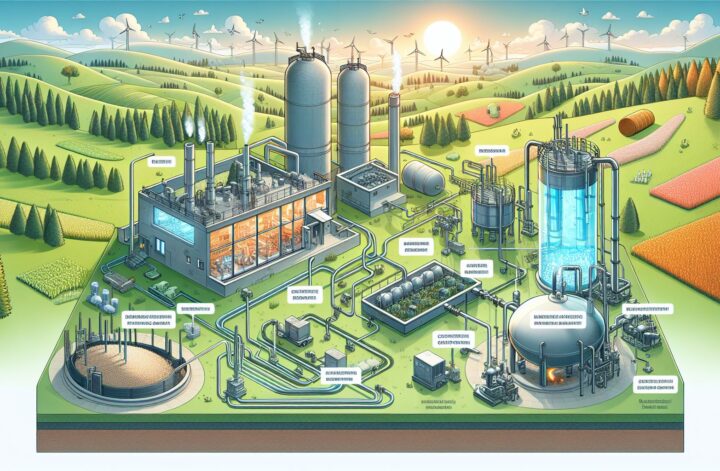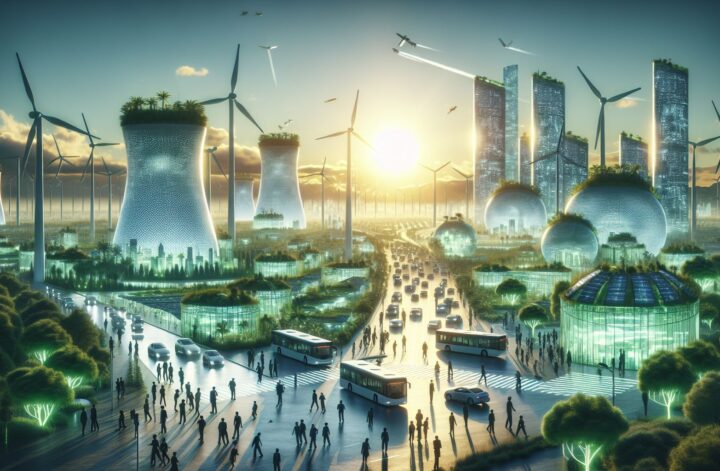Methane is one of the most potent greenhouse gases on Earth. With a heat trapping power 25 times greater than that of carbon dioxide, mitigating methane emissions has emerged as a crucial component of global efforts to limit temperature increases to 1.5°C above pre-industrial levels^1^. In this context, methane capture stands out as a game-changing strategy, offering not only environmental benefits but also economic and social advantages.
The Methane Problem
Methane is naturally occurring, released from both geological and biological sources. However, man-made activities, particularly those related to the energy, waste, and agricultural sectors, have significantly increased the presence of methane in our atmosphere^2^.
The continued increase in methane emissions has several alarming implications, such as exacerbating climate change, affecting air quality, and positing health hazards. Elevated methane concentrations in the atmosphere are linked to an increase in ground level ozone concentrations, which can cause respiratory problems and other health issues^3^.
The Power of Methane Capture
The problem, however, does have a solution. Enter methane capture, a process which involves the collection of methane from various sources before it’s released into the atmosphere, thus preventing it from contributing to global warming.
But the benefits of methane capture go beyond just the environmental. An astounding fact about methane is that, when captured and cleaned, it can be used as a source of energy. Methane capture converts a harmful pollutant into a renewable energy source, thereby bridging the gap between environmental protection and energy security.
The Realm of Methane Capturing Technologies
The key to making methane capture viable lies in the mastery of the technologies involved. There are several methods of methane capture currently in use, each tailored to certain types of emission sources, including coal mines, landfills, oil and gas operations, and livestock facilities^4^.
One such method is the use of anaerobic digestion, which converts organic material into methane via bacterial decomposition in an oxygen-free environment. The resulting biogas can then be captured and used as fuel. This is particularly useful in the treatment of agricultural waste and sewage.
Methane Capture and the Circular Economy
The transformative potential of methane capture is conceptualised under the “circular economy” principle. Essentially, methane capture transforms byproducts, which were previously viewed as waste, into a valuable resource. Methane, once released into the atmosphere due to anthropogenic activities, is captured and used as an energy source, thus closing the loop in this circular process.
In this context, methane capture represents a broader shift away from our traditional linear economic model based on a take-make-waste principle towards more sustainable practices that minimize waste and maximize resource utilization.
The Future of Methane Capture
The future of methane capture will likely be marked by technological advancements that enhance the effectiveness and accessibility of methane capture systems^5^. Additionally, policy initiatives are likely to play a crucial role in catalyzing the adoption of methane capture technology.
One forward-looking perspective is integrating methane capture systems with other technologies for climate change mitigation, such as carbon capture, storage, and reutilization technologies. This approach would address multiple sources of greenhouse gas emissions simultaneously and complement efforts to transition to a low carbon economy.
In conclusion, methane capture, while not the sole solution to combat climate change, represents a significant contribution towards our ongoing efforts in creating a sustainable planet. By harnessing the benefits of methane capture, we can shift towards a more resource-efficient and circular economy, thereby ensuring a sustainable and prosperous future for all.




